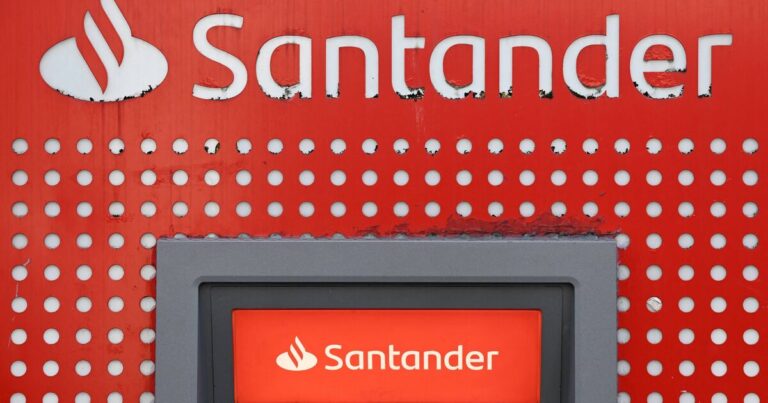
For savers looking to kick the year off with a higher return, Principality Building Society is offering a market-leading 8% interest rate on its regular account.
Regular savings accounts typically require people to deposit a set amount each month.
They’re great for disciplined savers who want to build their savings over time and benefit from higher interest rates than standard accounts.
Principality Building Society’s account runs for six months, and interest is paid on maturity.
Savers can invest up to £200 per month, allowing the pot to grow to a total of £1,200, and withdrawals are not permitted until the account matures.
What else is out there?
While Principality may lead with an Annual Equivalent Rate (AER) of 8%, its six-month term limits the total interest earned. With a maximum investment of £200 per month, savers will end up with £1,227.53, including £27.53 in interest.
In contrast, First Direct offers a 7% AER over 12 months with a higher limit of £300 per month and up to £3,600 in total savings.
At the end of the term, savers will have £3,736.50, including £136.50 in interest. Although the interest rate with First Direct is lower, the longer term and higher deposit limit make it a potentially better option for larger savings.
The Co-operative Bank is also offering a 7% AER on its Regular Saver (Issue 1) for 12 months.
Savers can invest up to £250 per month, building total savings of up to £3,000, and can earn up to £114.21 in interest. This account also offers more flexibility, as people can make withdrawals without facing a penalty.
Savers are being urged to act quickly to secure the top rates while they’re still available. Rachel Springall, finance expert at Moneyfactscompare.co.uk, said: “Now is an ideal time for savers to consider grabbing a fixed rate deal so they can get a guaranteed return on their cash.
“They may wish to act soon, as we have had a variety of providers cutting fixed rates across bonds and ISAs over the past week, some of which were market-leading.”

















